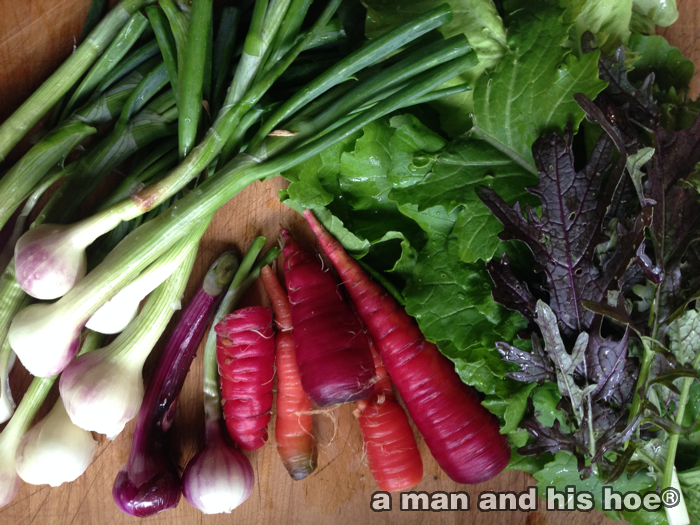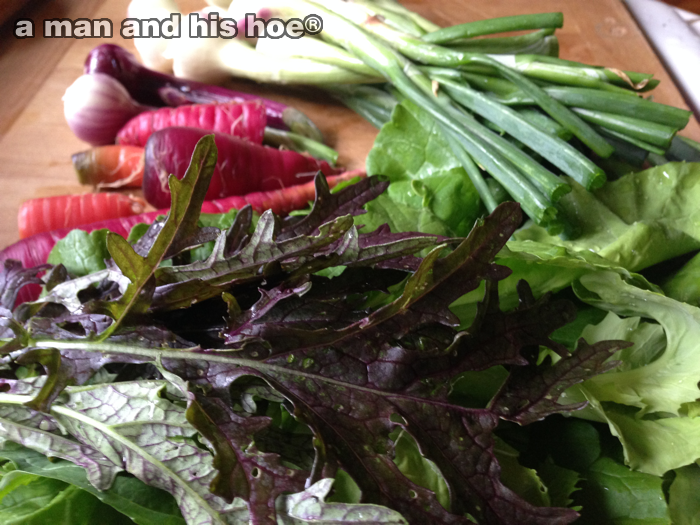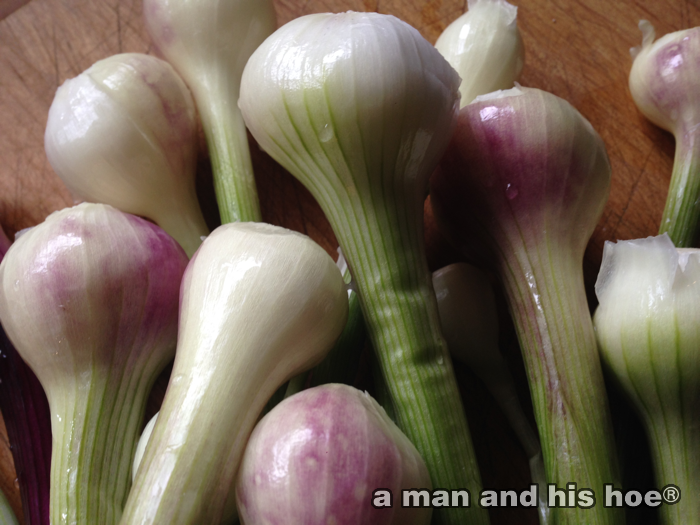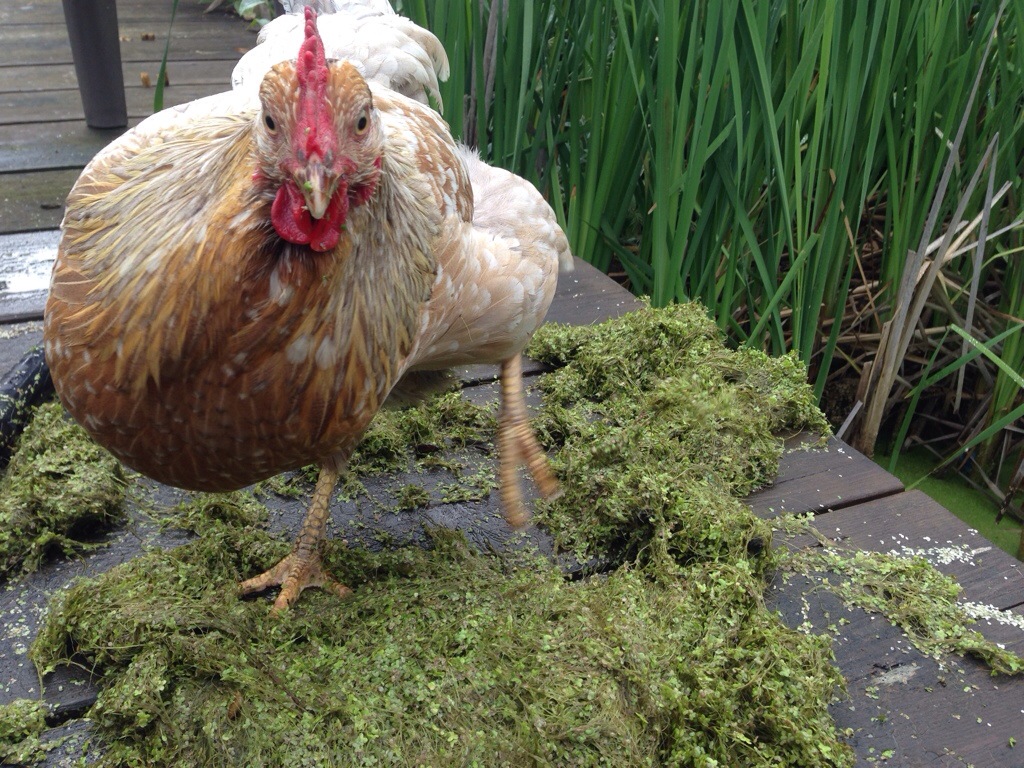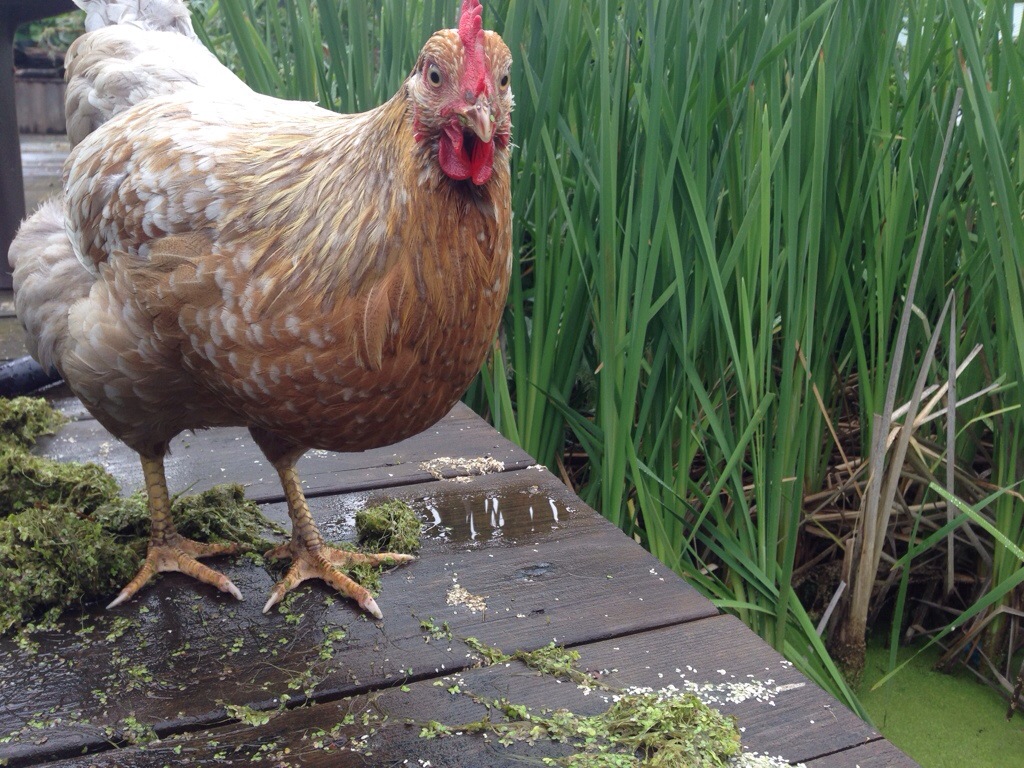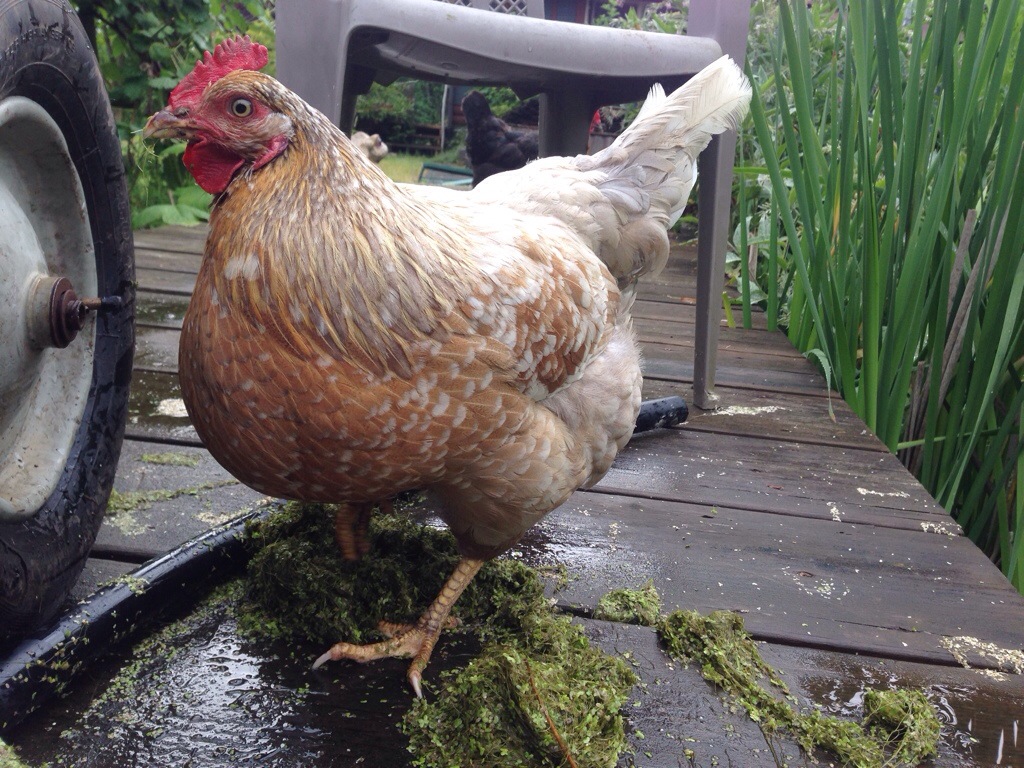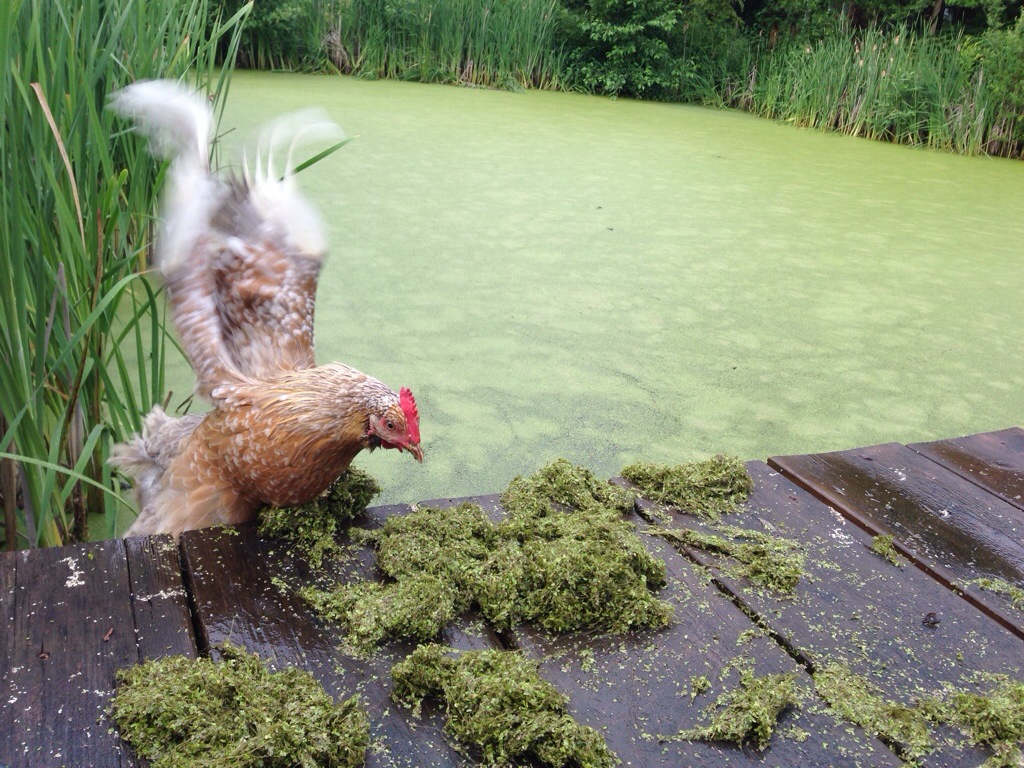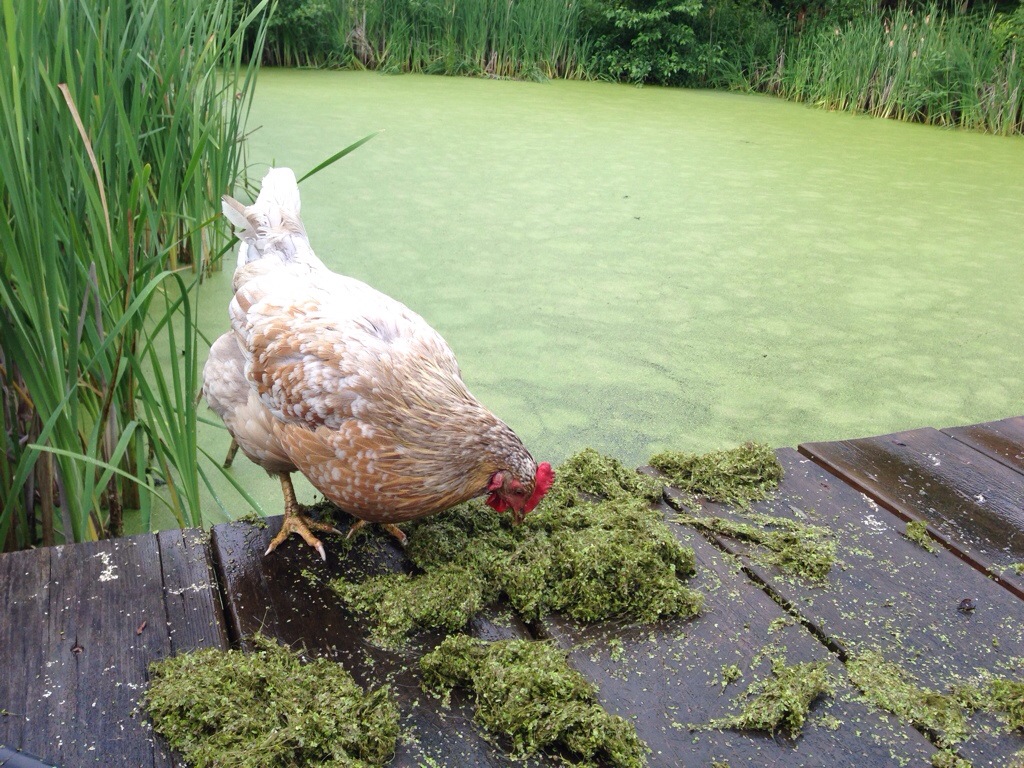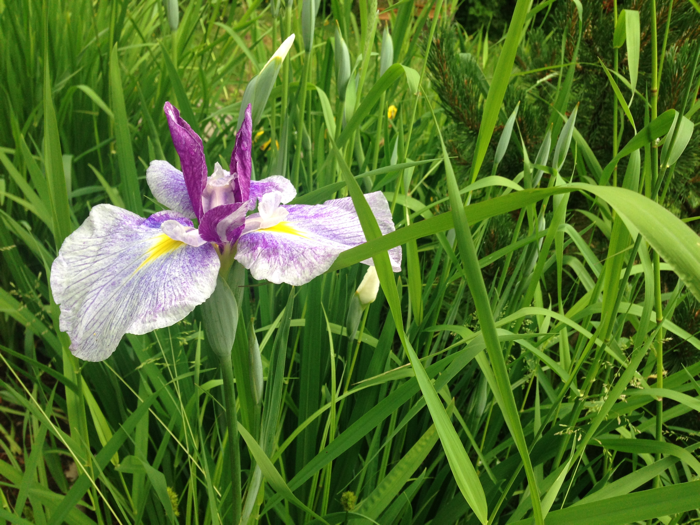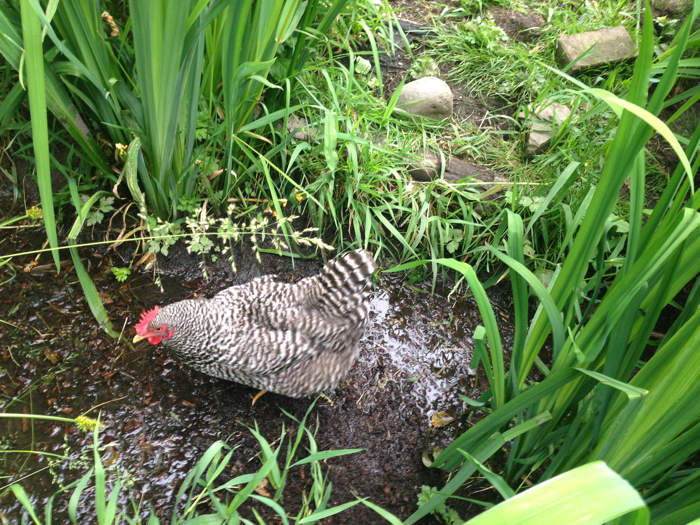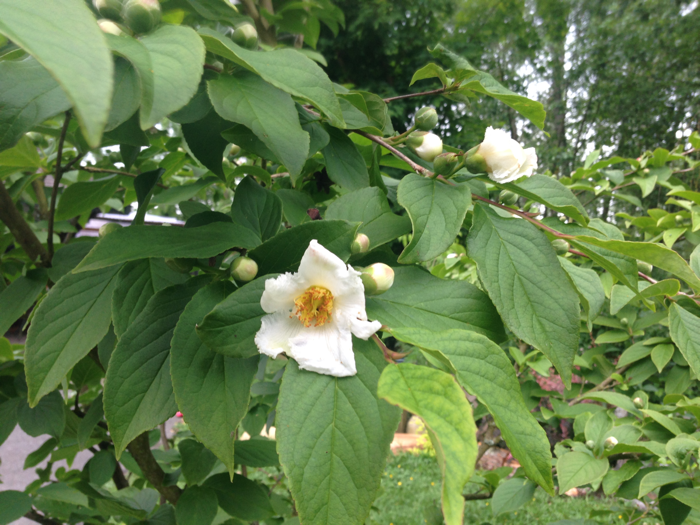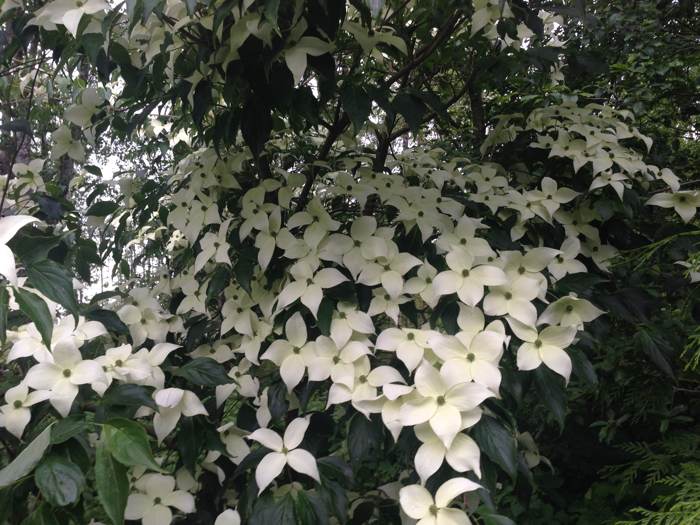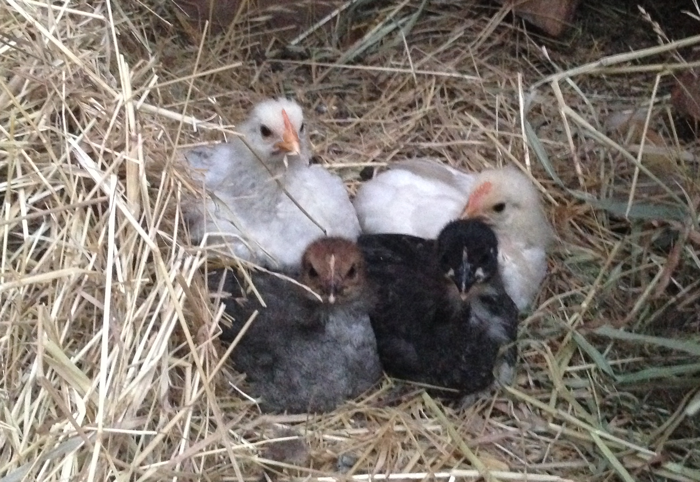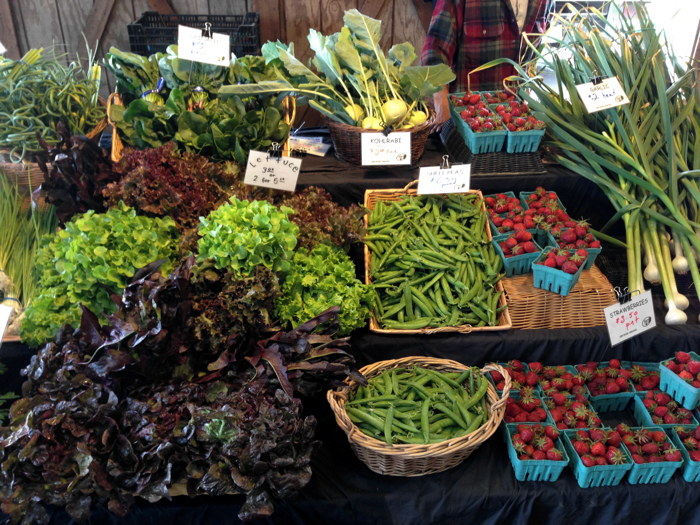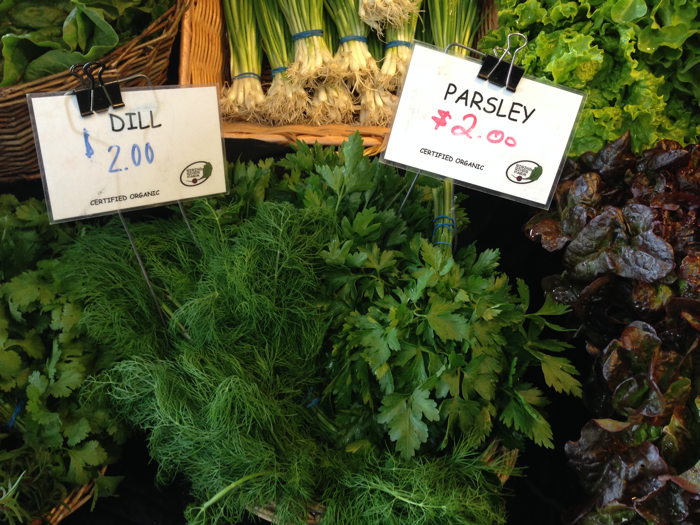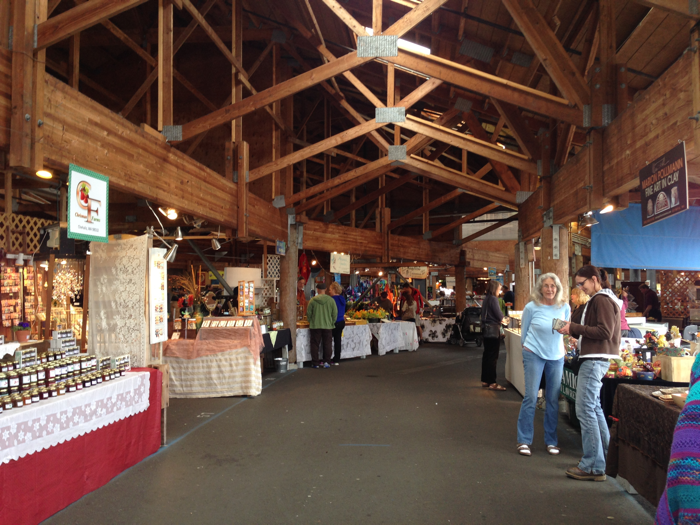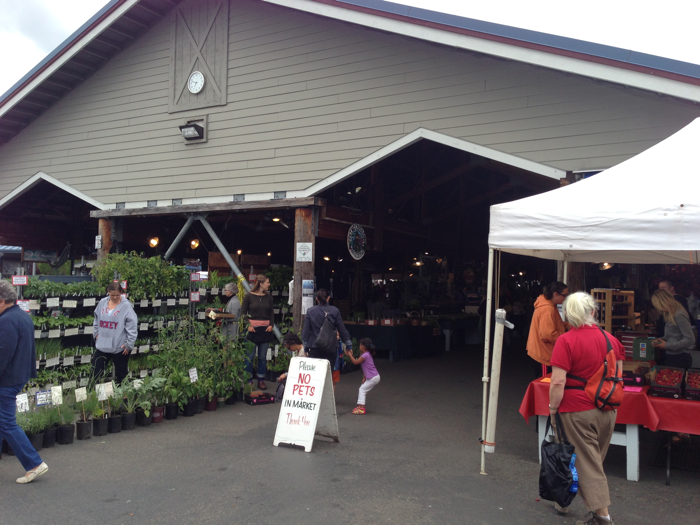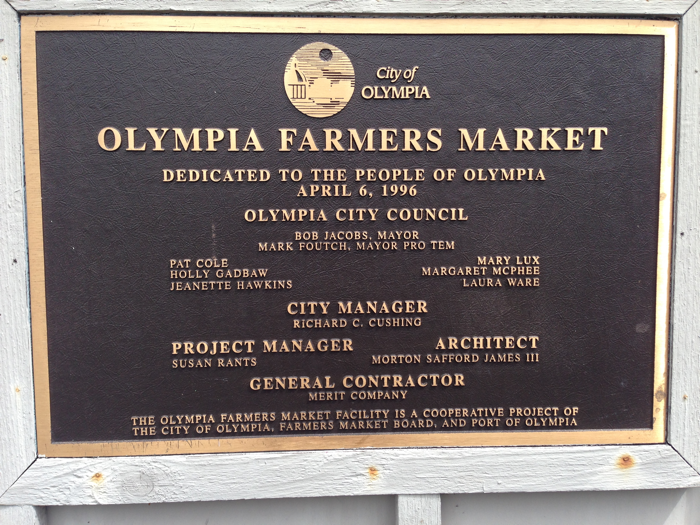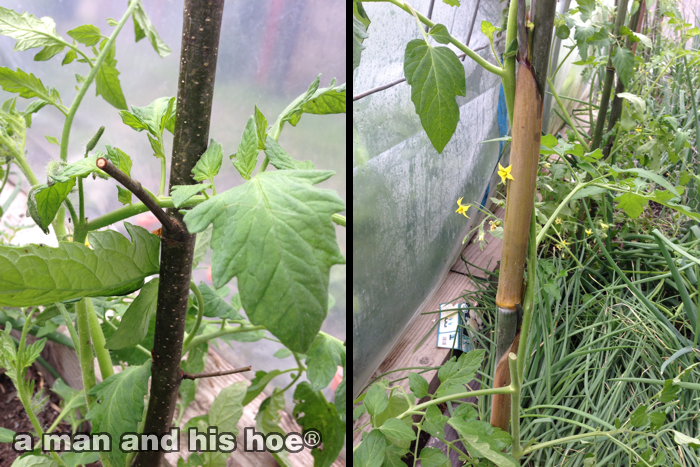
The tomatoes in the hoop house are tall enough to need supports. I could have gone down to a store and purchased some supports, but nature’s thought of it already, and isn’t charging me a penny. The bamboo are sending up tall shoots and so are the alders. Both of them make excellent tomato supports. Cut them to the length you need, and leave some of the side branches on. These side branches which stick upward, make excellent hooks to support the tomato leaves.
At the end of the season, the supports can be added to the compost or cut up for kindling. Next year, nature will supply a fresh supply of supports so there is no need to try and save them through the winter.
The wonderful thing about nature is that it is prolific. Thank god, it doesn’t have the mindset of the corporations which rule us, otherwise it would be demanding payment every time we take in a breath of air. Before it rained, it would want some coin before it let the raindrops fall. We’d have to pay it for every bee visit. Nature’s way is to give and give and give. Imagine how much we’d have to pay if the likes of AT&T or Comcast owned the sun, or Monsato owned the wind.

